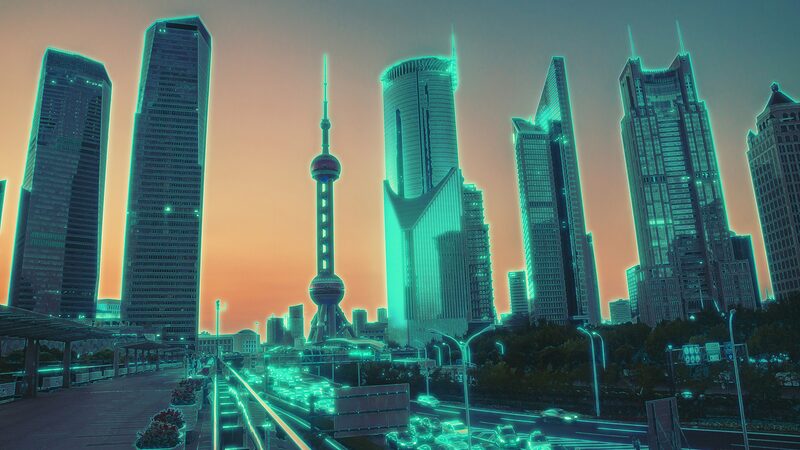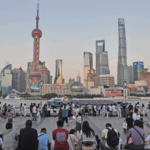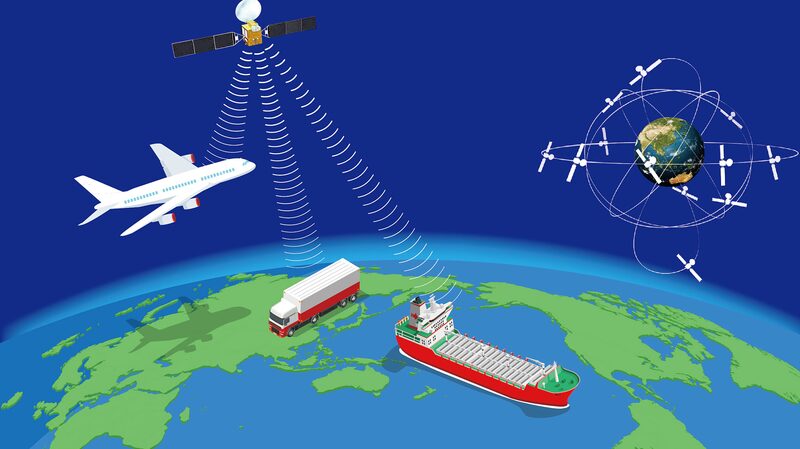Imagine a city where traffic lights communicate in real-time 🚦, hospitals let you skip payment lines 💳, and entire neighborhoods are mirrored in digital twins 🖥️. Welcome to the future of urban living—and it’s already here.
In the Chinese mainland’s Wuxi, all 1,723 traffic lights now sync via a central network, slashing congestion as part of its “internet of vehicles” vision. Nearby Shanghai uses AI-powered models to predict building risks before they become disasters. Meanwhile, Hangzhou—dubbed the “mobile payment capital”—lets residents handle everything from healthcare to tourism with a smartphone. 🏙️ ,I’ve not encountered a city as convenient as Hangzhou,” raved a German influencer who lived there for seven years.
China isn’t alone in this race. Tokyo’s Shibuya District uses smart infrastructure to boost livability 🗼, Florence leverages tech for greener transit 🚴, and Athens reinvented itself post-debt crisis with innovation projects 🏛️. China’s National Data Bureau reports breakthroughs like Shanghai’s “one-stop management” and Fujian’s “ecological cloud,” highlighting how tech is reshaping governance.
By 2030, China aims for full-scale digital city transformation, per a new national guideline. 🌟 The Global Mayors Dialogue in Hangzhou this September will spotlight these innovations, with leaders from 15 countries and regions sharing strategies. As cities worldwide embrace digital upgrades, one thing’s clear: the future of urban life is smarter, faster, and more connected than ever.
Reference(s):
cgtn.com



